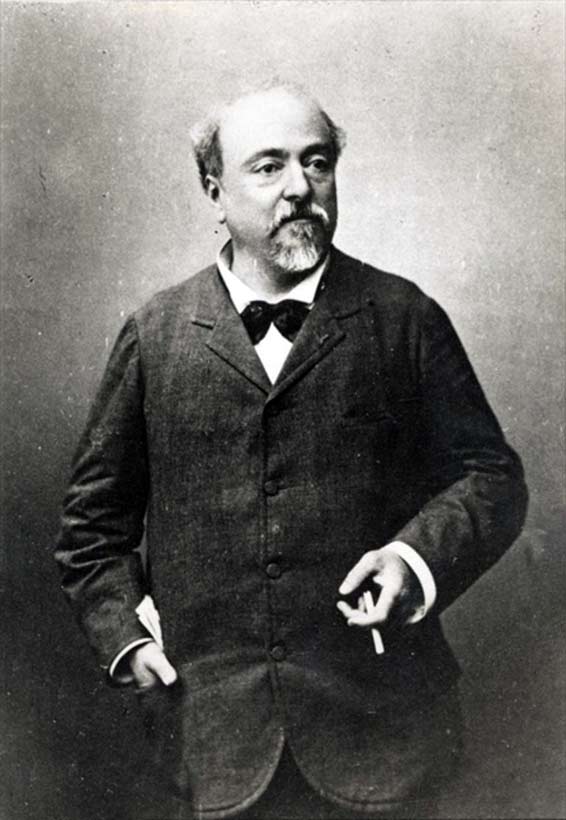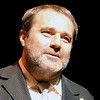
Bio
Emmanuel Chabrier (1841-1894) was a French composer whose best works reflect the verve and wit of the Paris scene of the 1880s and who was a musical counterpart of the early Impressionist painters. In his youth Chabrier was attracted to both music and painting. While studying law in Paris from 1858 to 1862, he also studied the piano, harmony, and counterpoint. His technical training, however, was limited, and in the art of composition he was self-taught.. Chabrier was closely associated with the Impressionist painters, and he was the first owner of the celebrated A Bar at the Folies-Bergère (1882) by his friend Edouard Manet. After hearing Richard Wagner’s Tristan und Isolde at Munich in 1879, Chabrier left the Ministry of the Interior to devote himself exclusively to music. Chabrier’s music, frequently based on irregular rhythmic patterns or on rapidly repeated figures derived from the bourrée (a dance of his native Auvergne), was inspired by broad humour and a sense of caricature. His melodic gifts were honed by performances of popular songs in Paris cafés-concerts. In his piano and orchestral works he developed a sophisticated Parisian style. His orchestration was remarkable for novel instrumental combinations. In España, for example, his use of brass and percussion anticipated effects in Igor Stravinsky’s Petrushka (1911).
 Kontakt
Kontakt Warenkorb
Warenkorb Meine Favoriten
Meine Favoriten Mein Konto
Mein Konto






